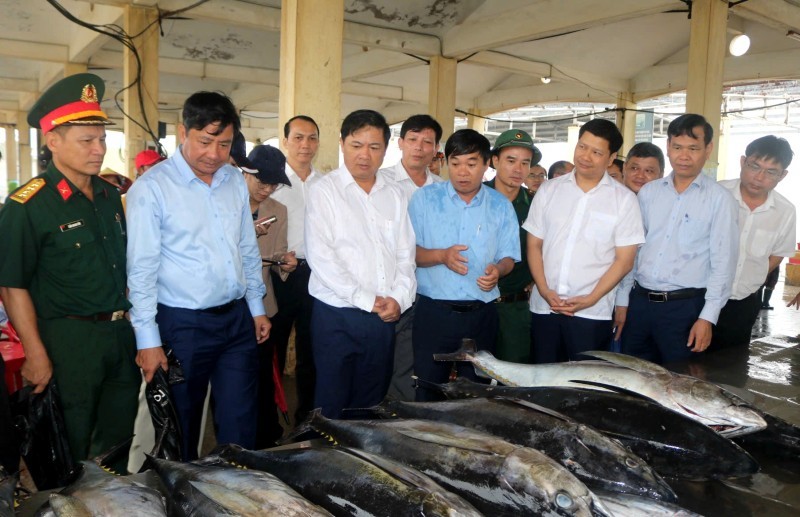Dak Lak Locals Get Insight into National Sovereignty over Islands through Exhibition
Hoang Sa, Truong Sa undeniable history
History is immutable and no one has the right to distort historical truths. Vietnam has full legal foundations and historical evidence asserting its possession of Truong Sa and Hoang Sa archipelagoes from at least the 17th century, before which they did not belong to the sovereignty of any country.
From the 17th to 19th centuries, Vietnam’s feudal states conducted a series of activities to exercise their sovereignty over the two archipelagoes, such as sending flotillas to survey and draw them on maps, planting steles, building temples and managing and organizing fishing activities in Hoang Sa islands.
The legal documents of the Vietnamese feudal dynasties, including the royal official documents and ordinances which are being kept in the country’s archives centers, clearly affirm Vietnam’s undisputable sovereignty over these archipelagoes.
The official documents of the Nguyen Dynasty were the original and most important materials made by the State during their reign. There are 773 volumes of the Nguyen Dynasty’s official documents, 18 of which are reports to the Kings on the exercise of sovereignty over Hoang Sa and Truong Sa islands. The means in which people were sent to Hoang Sa and what they did there are detailed in the reports, which also feature decisions made by the Kings to honor those who made great achievements to the development of the islands and punish those who failed to fulfill their tasks.
Under the reign of King Gia Long (1802-1820) Vietnam’s sovereignty over the Hoang Sa archipelago was further strengthened.
In 1805, the King ordered a land survey from the south to the north of the country and requested the making of administrative documents on land areas, which was completed in 1836.
The King also re-established the Hoang Sa flotilla and its affiliated unit, the Bac Hai flotilla, to manage, protect, and exploit Hoang Sa and Truong Sa.
 |
| Delegates cut the ribbon opening the exhibition. Source: daklak.gov.vn |
Recently collected evidence of the establishment and enforcement of State sovereignty over the Hoang Sa archipelago is the birth certificate of Mai Kim Quy which states that Quy was born at 3pm on December 7, 1939, on Hoang Sa (Pattle) Island, in the Hoang Sa archipelago. The certificate was signed and sealed by a representative of the French administrative unit based on Hoang Sa on June 28, 1940.
Historical evidence of Vietnam’s long-standing sovereignty over the two archipelagos is also recorded in many documents from foreign authors. Vietnam’s documents are supported by a world atlas drawn by Belgian geographer Phillippe Vandermaelen, which was published in 1827. Maps in the atlas testify to Vietnam’s sovereignty over Hoang Sa and Truong Sa archipelagoes in the East Sea . The author drew Hoang Sa archipelago clearly with its islands bearing the names which are still being used today. The atlas included a map clearly named as ‘the map of Dang trong area’ (the central part of Vietnam ). The territory of the Empire of An Nam (the former name of Vietnam ) is featured in four maps. A summary introduction about the Empire of An Nam is attached beside the Hoang Sa archipelago on the map, affirming that the archipelago is part of the Dang trong area, which belongs to the present Vietnam.
The activities of the Hoang Sa flotilla are recorded in the two main national history books of Vietnam under the Nguyen Dynasty: Dai Nam Thuc Luc tien bien, published in 1844, and Dai Nam Thuc Luc chinh bien, in 1848.
During the period of French colonization of Vietnam (from the late 19th century to the first half of the 20th century), France, in the name of Vietnam, continued to exercise the management of the two archipelagoes of Hoang Sa and Truong Sa. In the 1930s, France integrated the two archipelagoes into Vietnam’s mainland provinces and stationed troops there. Later, under the Geneva Accords of 1954, France handed them over to the Saigon administration – the government of the Republic of Vietnam. Since 1975 when the south of Vietnam was completely liberated, the two archipelagoes have been put under the management of the Socialist Republic of Vietnam.
Thus, Vietnam’s exercise of territorial sovereignty over Hoang Sa and Truong Sa archipelagoes has been conducted in an actual, peaceful, and continuous manner in accordance with international law and is recognized by the global community.
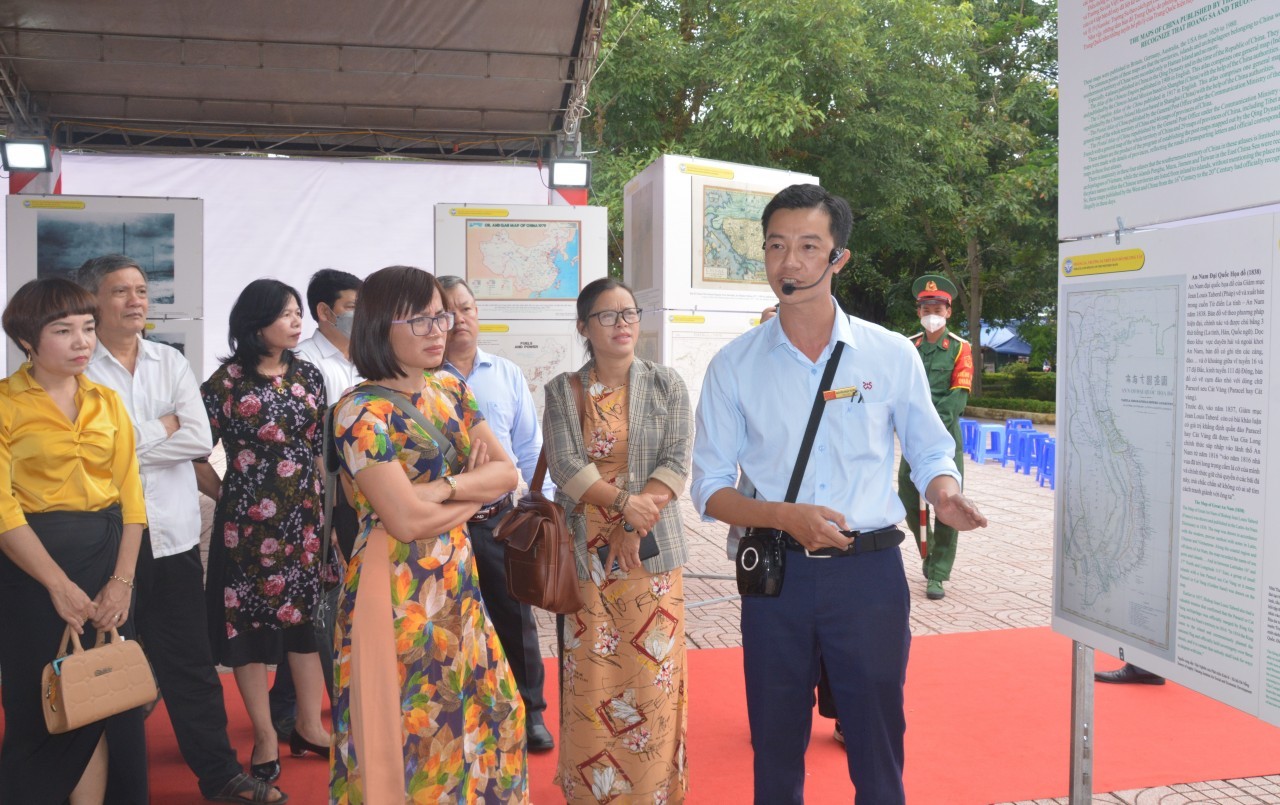 |
| Locals get deep insight into national sovereignty over islands through exhibitions. Source: daklak.gov.vn |
Exhibition held to promote information about Vietnam's sovereignty over Hoang Sa and Truong Sa
The Department of Information and Communications of Dak Lak has just coordinated with the Department of Culture, Sports and Tourism, the People's Committee of Krong Bong district to organize an exhibition themed “Hoang Sa, Truong Sa belong to Vietnam: historical and legal evidence” in the town of Krong Kmar.
This is a meaningful activity to promote information about the sea and islands of the Fatherland.
The mobile exhibition was held for three days, on September 16-18, attracting a large number of officials and delegations, youth members, students, soldiers of the armed forces, and people in the area who came to enjoy.
With nearly 100 images and exhibits including map of Vietnam under the monarchy (16th-19th centuries), excerpts and copies of the Nguyen Dynasty affirmation of Vietnam's sovereignty over the two archipelagos of Hoang Sa and Truong Sa; maps published in the Western countries (16th-19th centuries) documenting Vietnam's sovereignty over the two archipelagoes of Truong Sa and Hoang Sa; the map of China published by the West and China (16th-20th centuries) records that the Paracels and Spratlys do not belong to China; pictures and documents of Truong Sa archipelago before 1975; some pictures of the current Truong Sa archipelago and activities of Vietnamese Party and State leaders, naval officers and soldiers, and people on Truong Sa island.
This exhibition is meant to promote information and propaganda about the sea and islands of the Fatherland, contributing to instilling patriotism, national pride, and self-respect, and raising a sense of responsibility in the construction process. building and protecting the integrity of the border territory, sacred sea and islands of the Fatherland.
After three days of traveling exhibitions in Krong Kmar town, Krong Bong district, the organizing committee will organize another exhibition in Ea H'Leo district shortly.
In July, a similar event also has been held in the northern province of Bac Giang to showcase photos and documents featuring Vietnam’s Hoang Sa and Truong Sa archipelagoes and ethnic groups of Vietnam to local people.
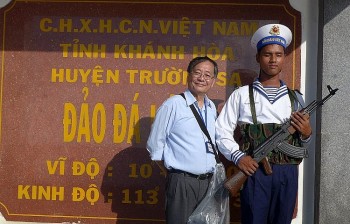 | Overseas Vietnamese Write Books About Homeland's Sea and Islands Nguyen Thanh Tong, an overseas Vietnamese in France who has written two books on Hoang Sa (Paracel) and Truong Sa (Spratly), received two prizes from ... |
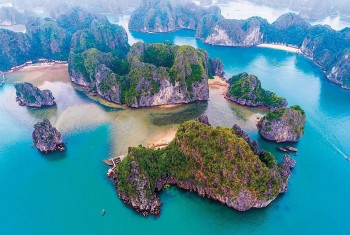 | International Cooperation Should be Enhanced to Benefit Vietnam's Sea and Island Policy In both short and long term, Vietnam should be more proactive in expanding and strengthening maritime cooperation, striving to become a rich and strong country ... |
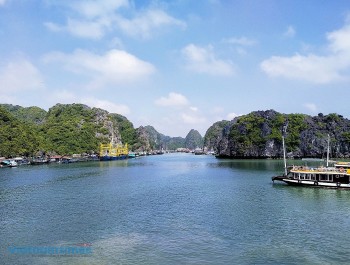 | Strengthening Maritime Cooperation in Vietnam's Precious Waters Being more proactive in advancing and promoting maritime cooperation is one of the best ways to protect the national interests at sea, making Vietnam a ... |
Recommended
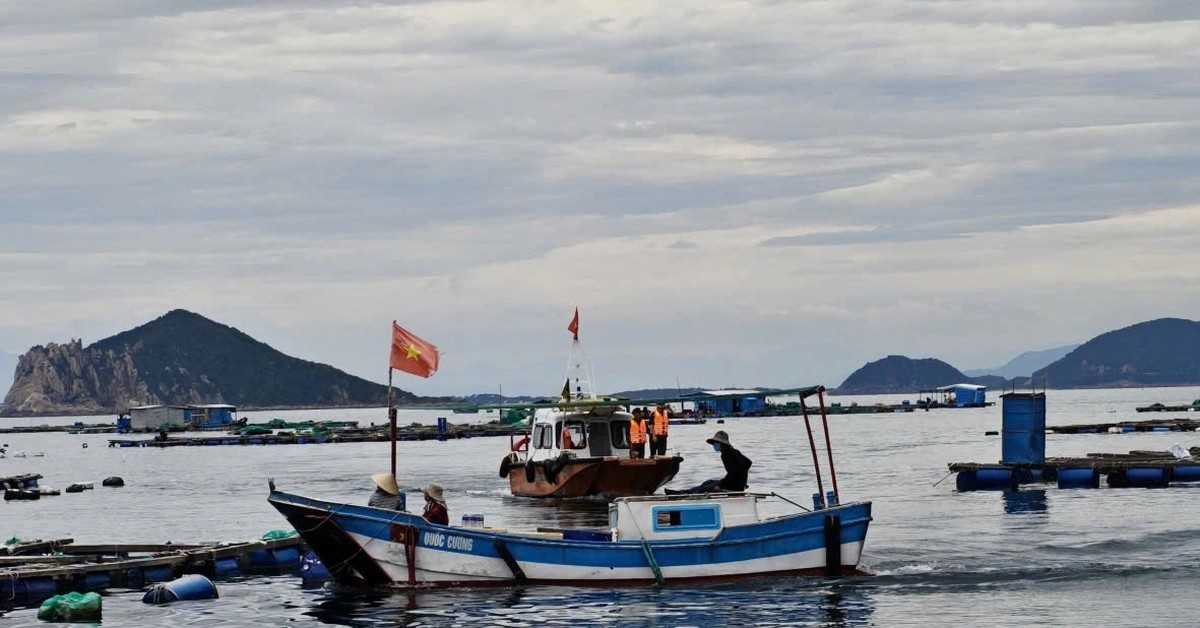 Seas and islands
Seas and islands
Dak Lak Steps Up Communication to Combat Illegal Fishing
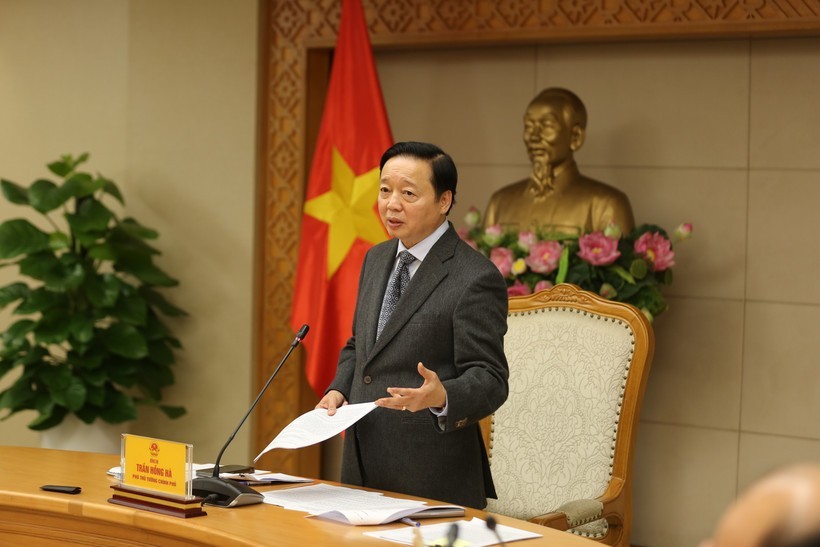 Seas and islands
Seas and islands
Vietnam Finalizes and Submits IUU Fishing Control Report to the European Commission
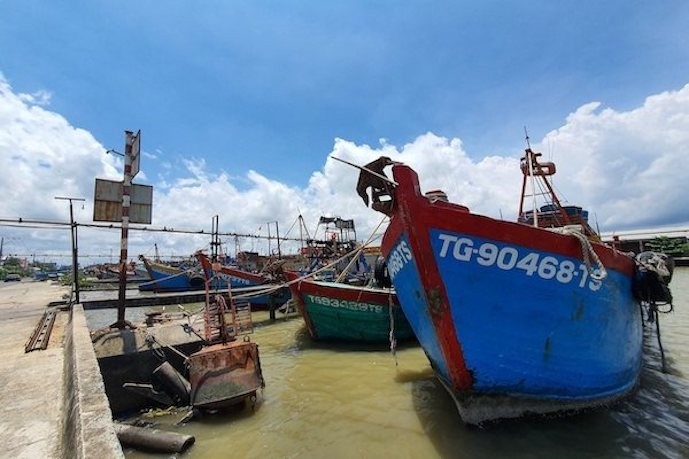 Seas and islands
Seas and islands
Enterprises Violating IUU Regulations to Be Expelled from VASEP
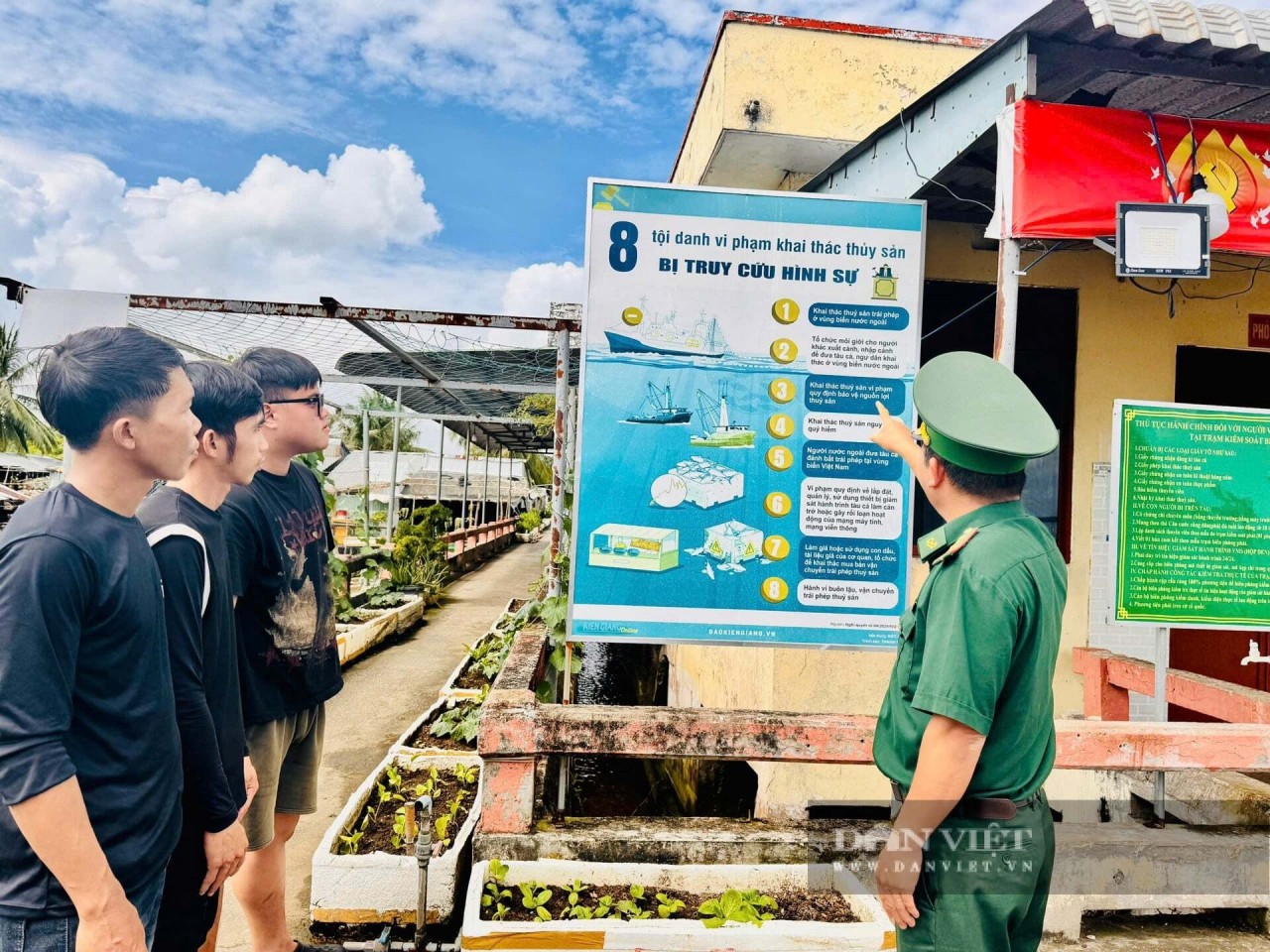 Seas and islands
Seas and islands
An Giang Steps Up IUU Crackdown, Pursues Violating Fishing Vessels to the End
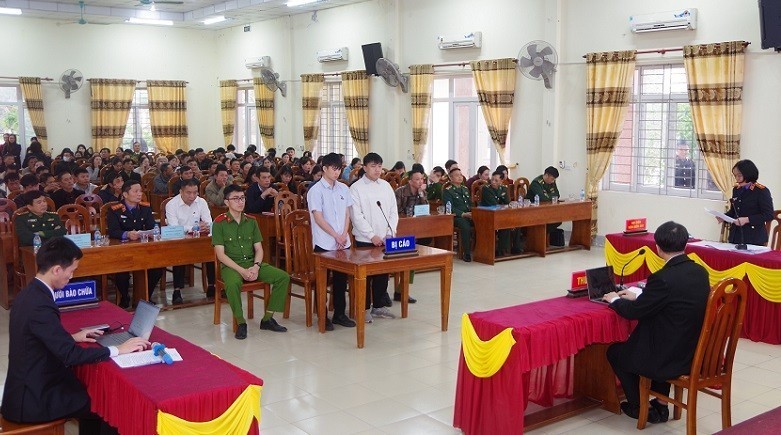 Seas and islands
Seas and islands
Nghe An Rolls Out Urgent Measures to Combat IUU Fishing
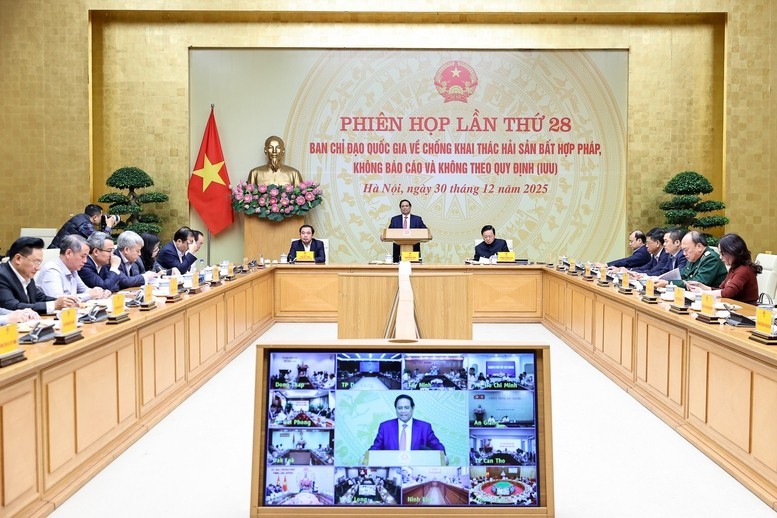 Seas and islands
Seas and islands
Prime Minister Calls for Substantive Action Against IUU Fishing
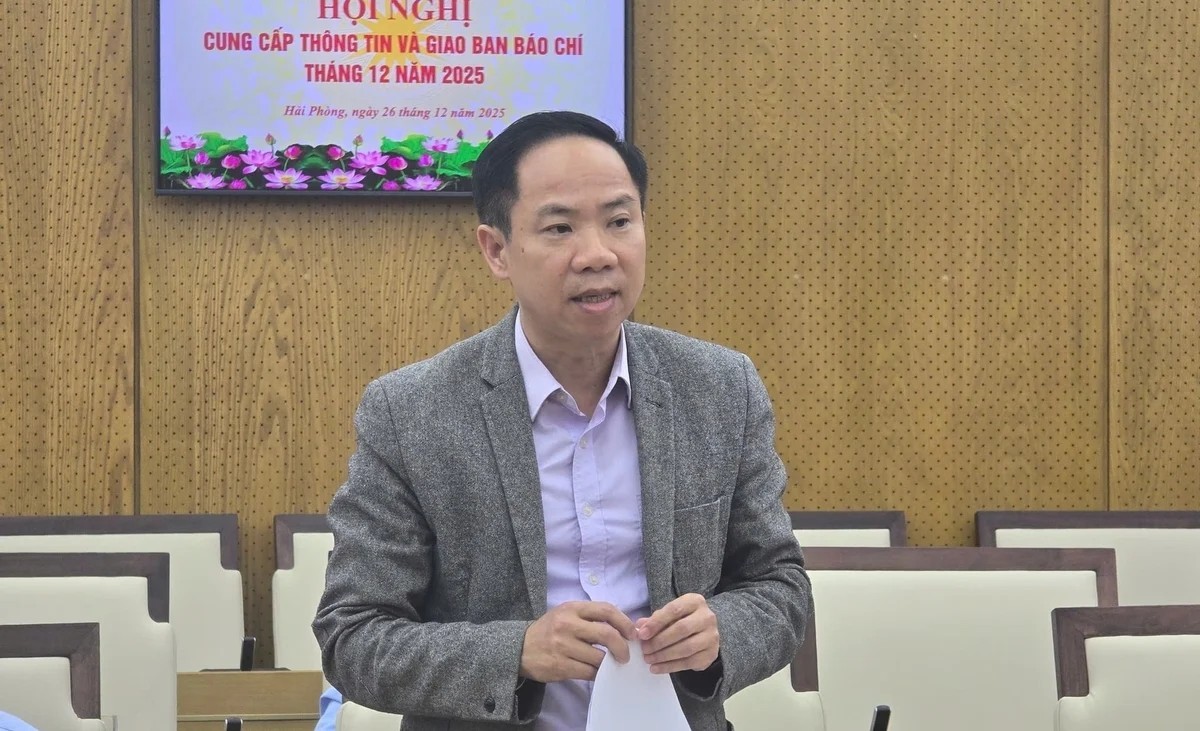 Seas and islands
Seas and islands
Hai Phong Tightens Fleet Management, Determined to Join Nationwide Efforts to Remove the EC’s IUU “Yellow Card”
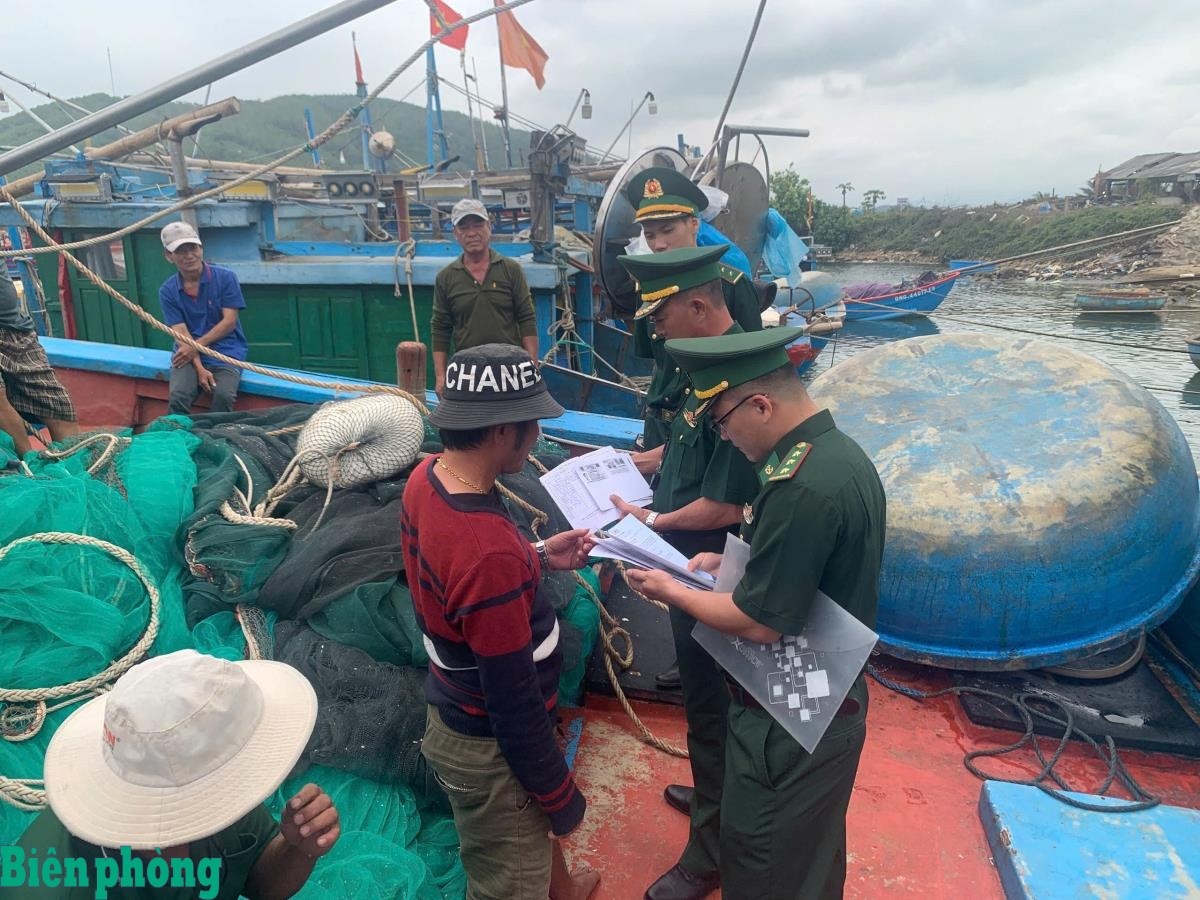 Seas and islands
Seas and islands


